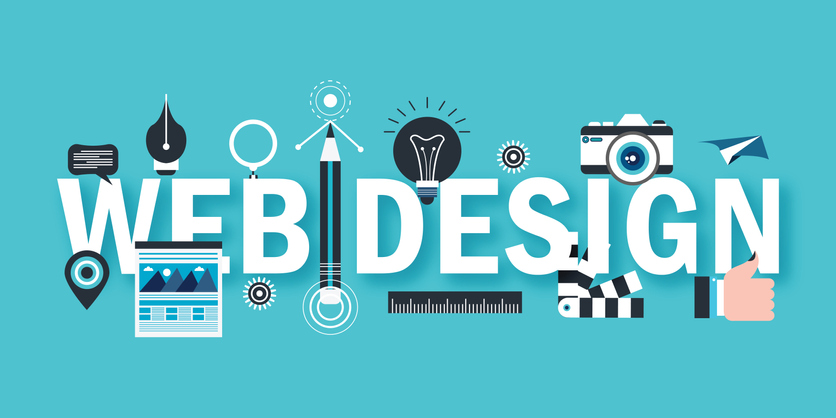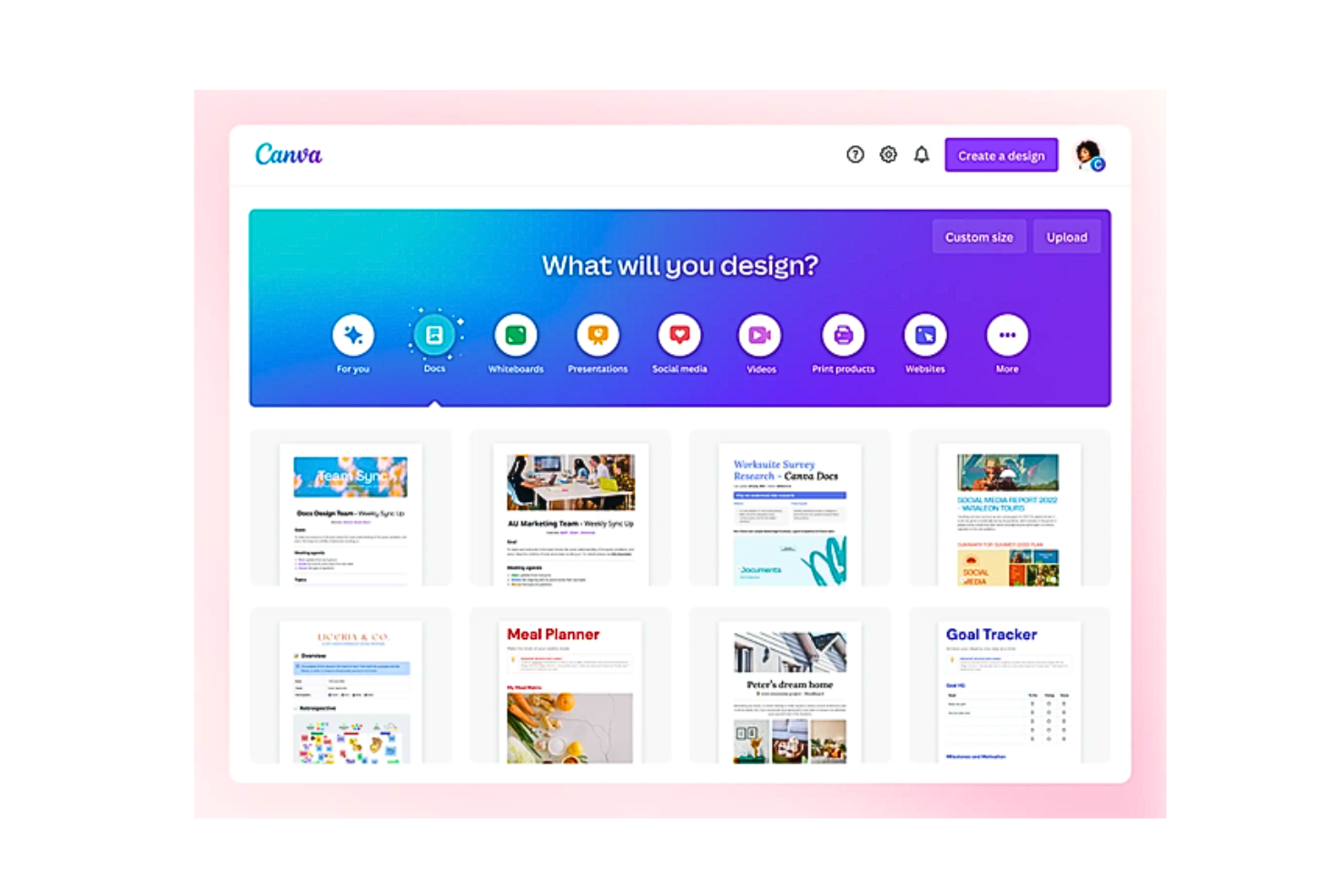The Comprehensive Overview to Crafting Visually Appealing and Functional Web Layout That Satisfies Individual Demands
In today's digital landscape, the relevance of crafting website design that are both practical and visually appealing can not be overemphasized. By prioritizing user-centered layout concepts, designers can create experiences that not only attract but also maintain customer interest. Trick visual elements such as contrast, alignment, and balance play an important role in this procedure, while the need of responsive style ensures access across different gadgets. Nevertheless, the journey does not end with first design; recurring screening and version are vital for improvement. What strategies can one utilize to successfully stabilize these components?
Comprehending User-Centered Style
At the heart of reliable web design lies the concept of user-centered layout, an ideology that focuses on the requirements, preferences, and habits of customers throughout the development process. This technique includes detailed research study to recognize the target audience, making sure that the end product resonates with its designated customers. By incorporating individual comments at every phase, designers can develop user interfaces that are not only aesthetically appealing yet intuitive and likewise functional.
User-centered layout emphasizes empathy, calling for developers to enter the customers' shoes and consider their perspectives. Strategies such as individual characters, journey mapping, and usability screening are used to recognize discomfort points and possibilities for improvement. This iterative process permits for continuous improvement, as developers adapt to evolving customer demands and technical innovations.
Integrating user-centered layout results in enhanced user fulfillment and interaction, ultimately causing higher conversion rates and brand name commitment. It promotes a joint environment where stakeholders, including customers, developers, and designers, interact to accomplish a shared vision. By putting users at the leading edge of the style procedure, companies can produce web sites that not just fulfill service objectives but additionally offer gratifying and purposeful experiences for users.
Secret Concepts of Visual Design
Reliable visual layout works as the foundation for developing appealing and straightforward internet sites. It incorporates several vital principles that direct designers in crafting cosmetically pleasing and useful interfaces.
First, balance plays an important duty in attaining aesthetic harmony. Developers must distribute aspects uniformly across the layout to stay clear of frustrating customers. This can be achieved through asymmetrical or symmetrical layout techniques.

Additionally, alignment is crucial for arranging information. Regular alignment of text and pictures fosters a clean design, improving total navigating and user experience.
 Proximity also adds to aesthetic clarity. Organizing associated items with each other help customers in understanding the partnership between various components, making the interface extra user-friendly.
Proximity also adds to aesthetic clarity. Organizing associated items with each other help customers in understanding the partnership between various components, making the interface extra user-friendly.Finally, uniformity in design components, such as designs, colors, and font styles, strengthens brand identification and assists users browse the website a lot more easily. By incorporating these essential principles of aesthetic style, web developers can create interfaces that are not just aesthetically attractive but additionally practical and user-centered.

Value of Responsive Design
Responsive layout is a vital facet of contemporary internet growth, making sure that websites work effortlessly throughout a variety of tools and display dimensions. As the net landscape evolves, the diversity of devicesâEUR" ranging from smart devices to tablet computers and desktop computer computersâEUR" necessitates a design strategy that suits all users.
Implementing receptive style allows for an adaptable format that immediately adjusts based upon the user's display dimensions. This versatility not only improves ease of access yet also improves usability, as customers can browse and connect with the website effortlessly, no matter their gadget.
Additionally, internet search engine like Google focus on mobile-friendly internet sites in their ranking algorithms. A responsive layout can dramatically boost a site's SEO efficiency, eventually driving even more website traffic and raising exposure.
In addition, receptive style decreases the requirement for keeping numerous versions of an internet site, streamlining updates and material monitoring. This efficiency converts into price financial savings and an extra natural brand name experience across platforms.
Enhancing Customer Experience
Individual experience (UX) is an essential element of internet design, affecting how site visitors connect with an internet site and perceive its worth. A well-crafted UX makes certain that users can navigate without effort, find info conveniently, and attain their goals efficiently. The layout has to think about the user's trip, from the minute they land on the site to the completion of their desired action, whether that be purchasing, registering for a newsletter, or accessing info.
Crucial element that boost UX consist of clear navigation, responsive formats, and engaging visual web content. Uniformity in design aspects such as buttons, font go to this website styles, and shades promotes knowledge, making the web site feel natural. In addition, maximizing tons times is critical; users are much less likely to remain on a website that is slow to respond.
Incorporating availability attributes makes sure that all individuals, consisting of those with impairments, can connect with the website flawlessly. User-centric style principles need to guide material company, offering appropriate details in a logical structure. web design. By focusing on user needs and preferences, internet developers can develop experiences that are not only visually appealing but also useful, ultimately fostering individual contentment and commitment
Examining and Iterating Designs
Checking and iterating layouts are essential processes that follow the initial creation of an internet site, making sure that the user experience remains at the center of any kind of changes. These stages involve collecting individual feedback, evaluating layout efficiency, and making notified adjustments to improve functionality and interaction.
Use testing allows developers to observe real users as they interact site here with the site, identifying discomfort factors and locations for improvement (web design). User studies can supply qualitative understandings, catching individual sentiments and preferences.
As soon as screening is completed, the model stage begins. This involves refining the layout based upon the gathered information, prioritizing modifications that line up with individual requirements and business goals. Continuous version cultivates a flexible design method, where the site evolves in feedback to individual behavior and responses. By dedicating to strenuous testing and iteration, designers can develop an internet site that not only fulfills visual criteria yet likewise supplies a seamless and satisfying customer experience.
Conclusion
Finally, effective web design necessitates the assimilation of user-centered principles, crucial visual design elements, and responsive structures to develop interesting interfaces. By prioritizing customer needs and carrying out continual testing and version, developers can fine-tune their developments to boost general contentment. The dedication to these practices not only fosters a visually attractive visual but additionally makes sure capability across varied tools, inevitably adding to a positive user experience and increased engagement.
By focusing on user-centered style concepts, developers can develop experiences that not just attract however additionally retain individual interest.At the heart of reliable internet design lies the principle of user-centered style, a viewpoint that prioritizes the requirements, choices, and habits of customers throughout the development process. By placing users at the center of the layout process, organizations can create websites that not only fulfill organization objectives but likewise supply purposeful and fulfilling experiences for customers.
By prioritizing individual requirements and preferences, internet developers can create experiences that are not only visually attractive but additionally practical, eventually fostering customer complete satisfaction and commitment.
Individual surveys can offer qualitative understandings, catching customer views and choices. click to investigate (web design)
Comments on “Unlocking the Secrets to Remarkable Web Design for Your Company”